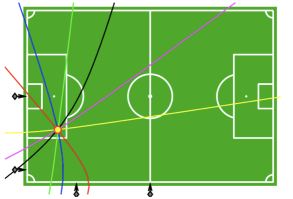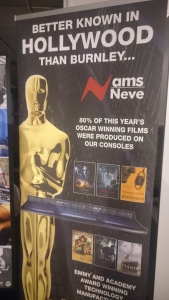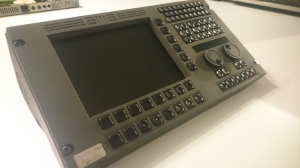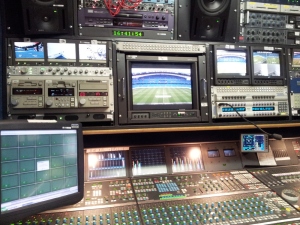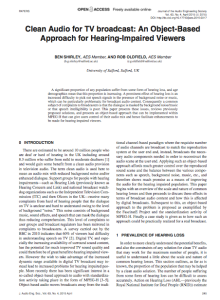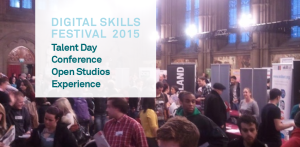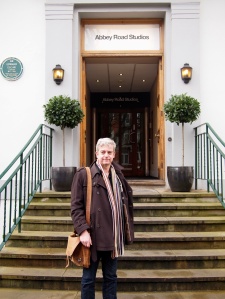
For a long time now Ofcom and broadcasters have received complaints that speech on TV can be difficult, or impossible, to understand. The problem is of course much worse for viewers who with even quite mild hearing loss. Reasons are varied and well described in a recent Conversation article from one of our researchers, Lauren Ward. Causes include unfamiliar accents, unclear speaking from actors, excessive background sound effects or music and even occasionally badly recorded location audio.
Recent highly publicised complaints about Poldark, Happy Valley and SS-GB, and earlier, Jamaica Inn and Wonders of the Universe have generated something of a media storm over the issue which shows no sign of abating and was debated recently in the House of Lords.
At the Acoustics Research Centre at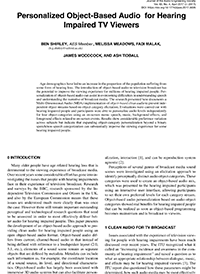 University of Salford we’ve been working on solutions to these problems for a long time, currently a lot of research is looking at how new object-based audio formats can solve some of these problems and make TV sound more accessible. Object-based audio has the potential to allow individual personalisation of TV sound based the viewer’s preferences or needs. Our most recent work, carried out using the DTS MDA object-based audio format can be found in the Journal of the Audio Engineering Society article here. It is freely available as an open access publication – please feel free to read and comment. You can find more details of our accessible audio work on our blog here.
University of Salford we’ve been working on solutions to these problems for a long time, currently a lot of research is looking at how new object-based audio formats can solve some of these problems and make TV sound more accessible. Object-based audio has the potential to allow individual personalisation of TV sound based the viewer’s preferences or needs. Our most recent work, carried out using the DTS MDA object-based audio format can be found in the Journal of the Audio Engineering Society article here. It is freely available as an open access publication – please feel free to read and comment. You can find more details of our accessible audio work on our blog here.



